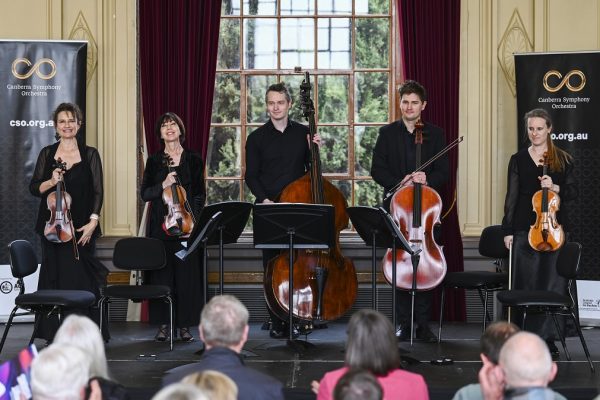
Music / “Night Visions”, Canberra Symphony Orchestra Chamber Ensemble. At Albert Hall, August 27. Reviewed by ROB KENNEDY.
TAKING inspiration from the stillness of the night, this concert soothed an audience of afternoon music lovers with sounds that evoked deep peace and serenity.
Opening with the “Nocturne” from Dvořák’s opus 40, which is a single-movement composition for string orchestra, but for this performance, just five string players. CSO Concertmaster Kristen Williams, violin; Pip Thompson, violin; Lucy Carrigy-Ryan, viola; Samuel Payne, cello and Kyle Ramsay-Daniel, double bass.
Beginning with a dark melody on cello and double bass, before the two violins and viola came in, the quintet produced a dreamy sound of the night. Its slow, pensive melody, with an elusive nature, truly did feel like dreaming. A constant pizzicato on the bass felt like a soft heartbeat.
This youthful work didn’t stretch the boundaries of musical composition, but it had a theme and stuck to it. It floated, even and gentle. It made its subtle statement as gentle as could be.
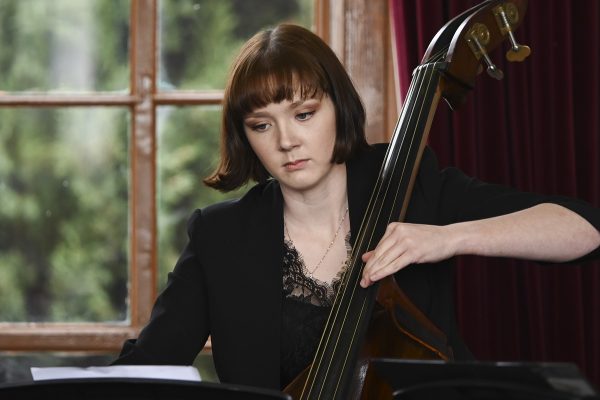
Then, before her composition “The Sky is Also Yours” was played, Sally Greenaway spoke to the audience about how her work came about. Through the covid lockdown, this piece for four double basses was born. She explained how her compositional technique reflected the physical, emotional and mental states that the pandemic brought upon her, and for almost everyone on earth.
The players were Max McBride, Hayley Manning, Kyle Ramsay-Daniel and David Flynn.
A pensive and slightly unsettling style of music reflected the strangeness that the lockdown brought upon everyone. It was an eerie, lonely sound. It reminded me of those strange times that we all went through. It was music of that dark and alien period perfectly capturing the weird emotions people felt as they were locked away from others.
The concert finished with the “String Quartet No. 2 in D Major” by Alexander Borodin. One of the most performed string quartets ever, this work pleases on many levels. Its musicality, its emotional content, its warmth, vitality, and open nature make it so loved. Folk tunes exist within. The players wrapped its sadness and joy around the audience like a warm blanket. And that was just the first movement.
The second movement, with its joke-like quality, breathed life. Fun and fast, light and stylish, this section captured a joyous experience.
Then, that third movement. That falling melody on the cello, which is soon picked up by the first violin way up high, what balance.
The four players made it sound alluring, sophisticated and highly emotional. Their balance beautifully captured the inner strength of the piece. Borodin was in the zone when he composed this movement.
The finale, the Andante-Vivace movement is a piece that lives in two worlds. While Borodin began writing this quartet in 1881, this movement expresses contemporary attitudes to music making. Complex cross-rhythms, the high strings playing against the lower voices, making individual statements.
Multiple melodies in between varying rhythmic passages. Stand alone sections, disconnected from other parts. Its complex nature is the perfect accompaniment to the rest of the quartet.
This is a fascinating work made highly enjoyable by this quartet of quality players.
Who can be trusted?
In a world of spin and confusion, there’s never been a more important time to support independent journalism in Canberra.
If you trust our work online and want to enforce the power of independent voices, I invite you to make a small contribution.
Every dollar of support is invested back into our journalism to help keep citynews.com.au strong and free.
Thank you,
Ian Meikle, editor
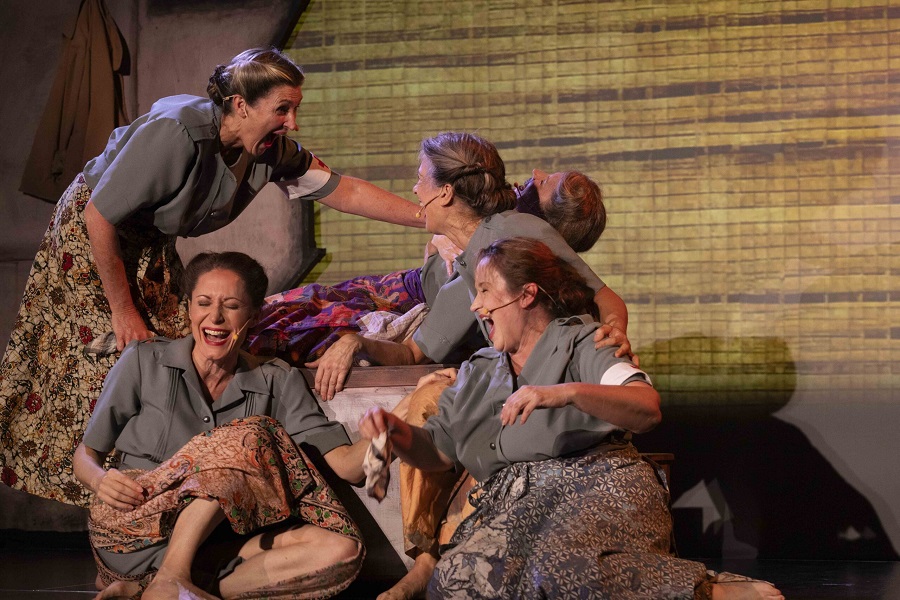

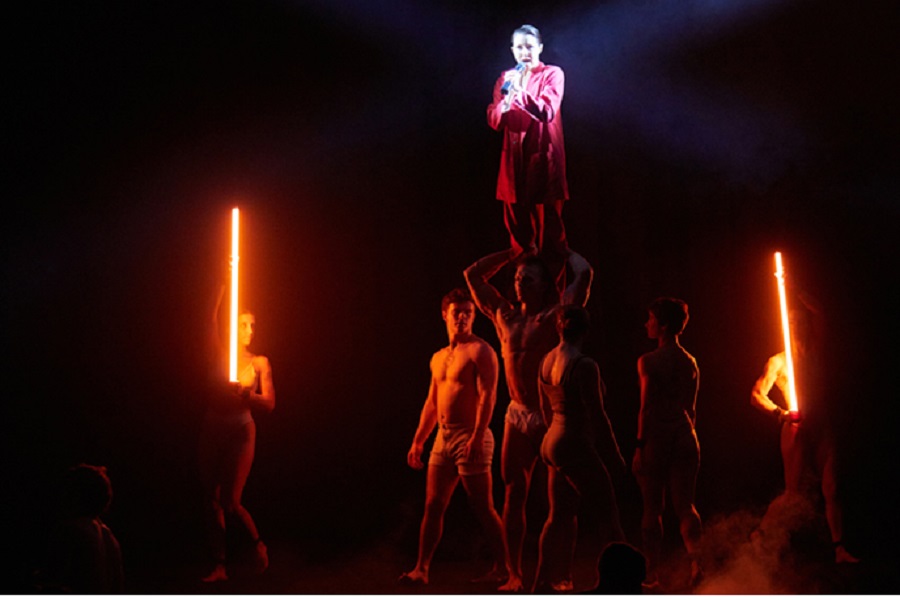
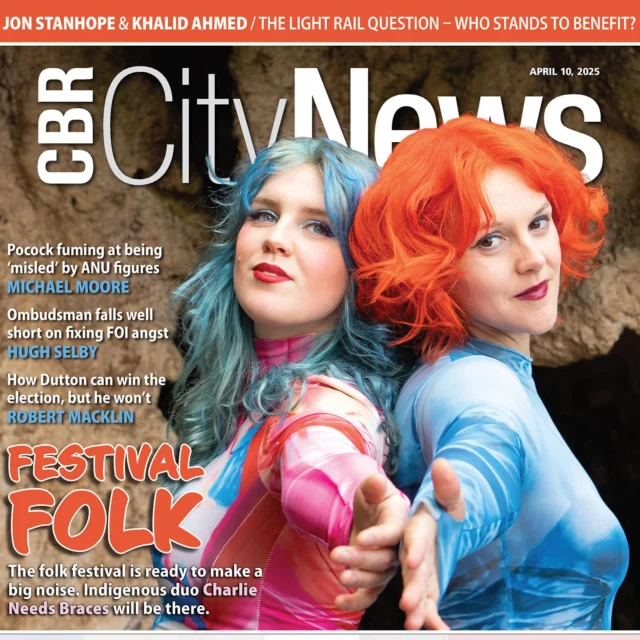




Leave a Reply